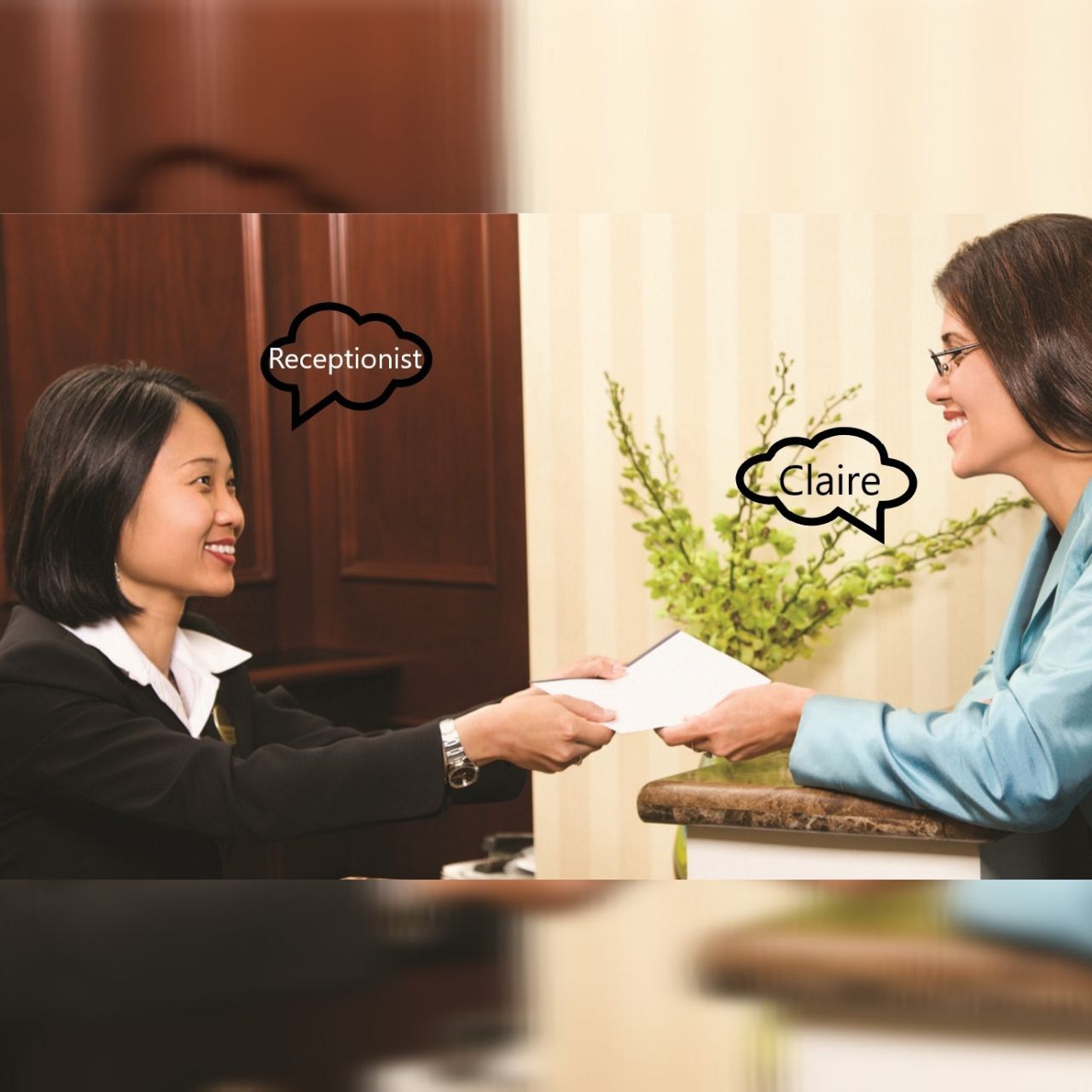
Day 15: Running errands
الوصف
HOTEL RECEPTIONIST: Hi, there. How can I help you?
CLAIRE: Well, I’m in town visiting for a few days, and I
need to get some things done while I’m here.
HOTEL RECEPTIONIST: Sure. What do you need?
CLAIRE: I need to get my hair cut. I also need to have my
new pants hemmed.
HOTEL RECEPTIONIST: OK. Here’s a map of the city. There’s a good hair
salon here, which is just a block away. And there’s
a tailor right here. Is there anything else?
CLAIRE: Yes. I’ll need to have my car serviced before my
long drive home!
HOTEL RECEPTIONIST: No problem. There’s a good mechanic a few
blocks away.
LANGUAGE NOTES
• Hi, there. Notice the intonation in this greeting. It rises after “Hi” and falls after “there.”
• Sure is a friendly expression to mean “OK.”
• Get my hair cut / have my new pants hemmed / have my car serviced. Notice get/
have + object + participle. This structure is used to describe actions that someone else
does for us. “Get” and “have” are interchangeable here.
• Is there anything else? here means “Do you need more information?”
• Before my long drive home! Notice the emphasis and intonation on “home.” The
speaker wants to show humor here. If she doesn’t get her car checked, she might not get
home! She wants to be friendly and light with the receptionist.
• No problem here means “Don’t worry.” Notice the stress on “No.” The receptionist
laughs first, then puts emphasis on “No” by lengthening the word. This shows that she
understands the car could break down if it doesn’t get serviced
قناة البث الصوتي
English Conversation practice (30-day challenge)
المؤلف
جميع الحلقات

Weekly Structured Common Chinese Expressions
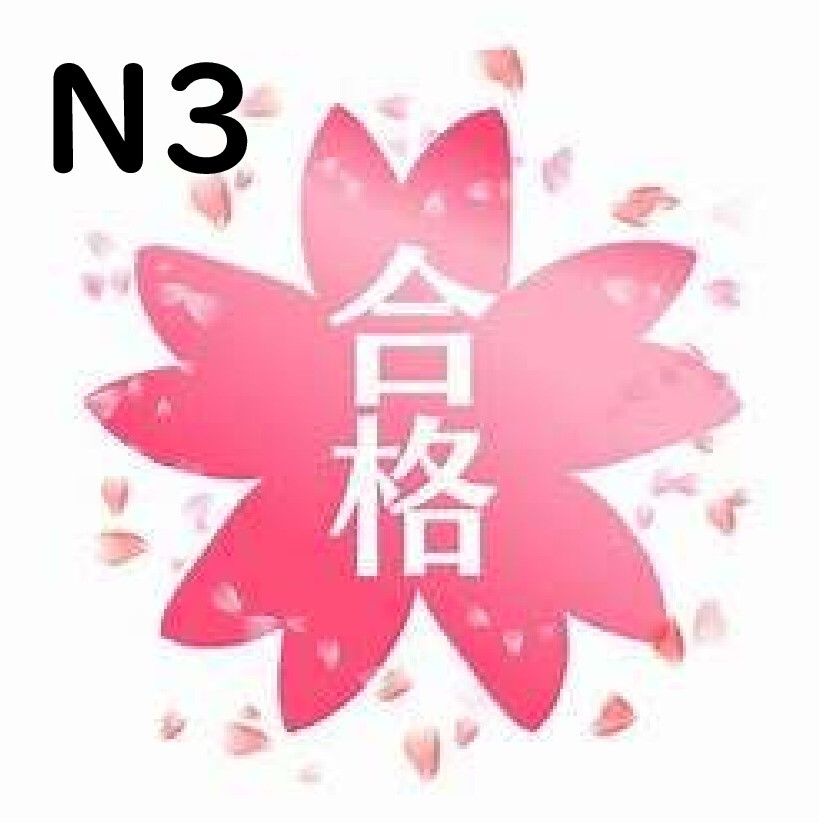
N3 語彙 第3週3日目

My Favorite Stuff
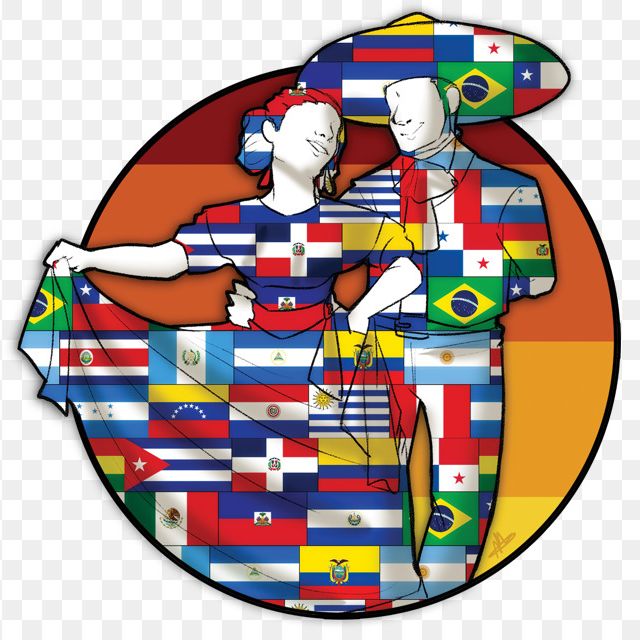
LA CULTURA MEXICANA.

Отрывок из романа Булгакова “Мастер и Маргарита” (диктант)

Vertical Farming (Advanced English)
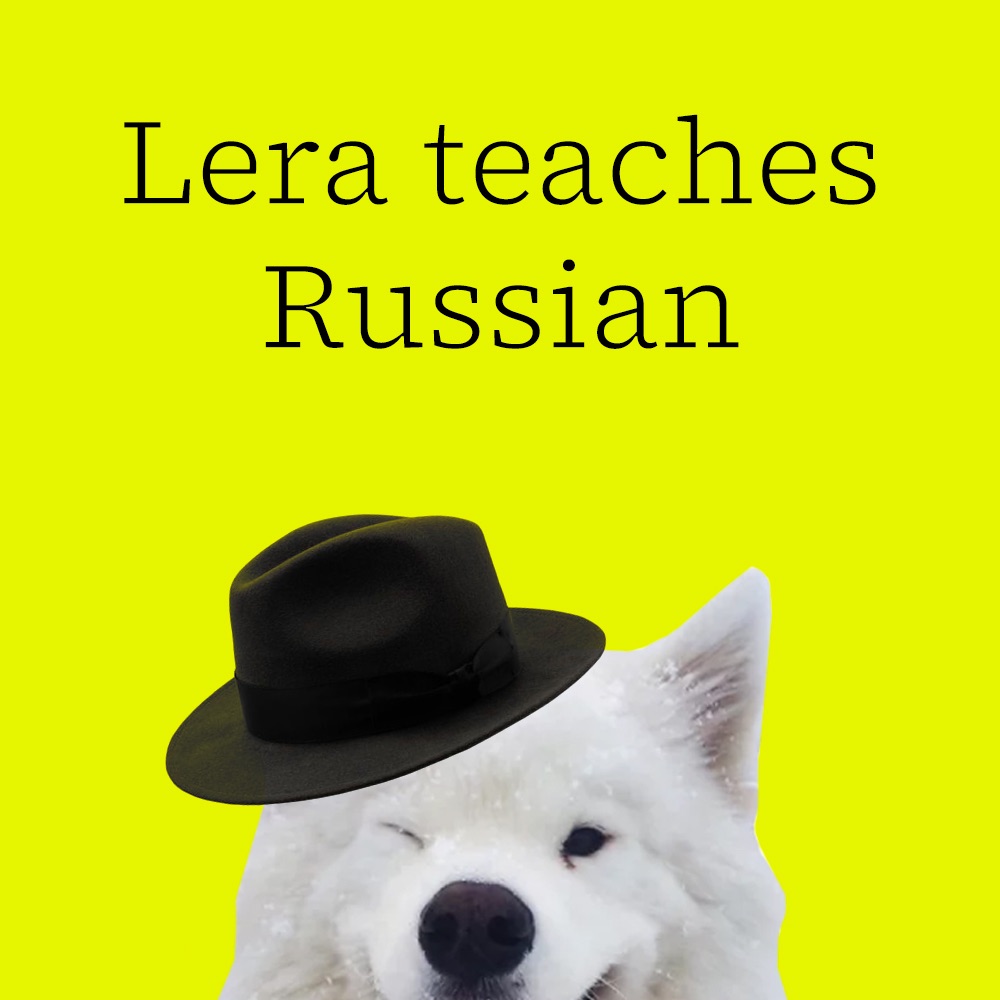
#2. Почему кошки такие странные? Why are cats so weird?
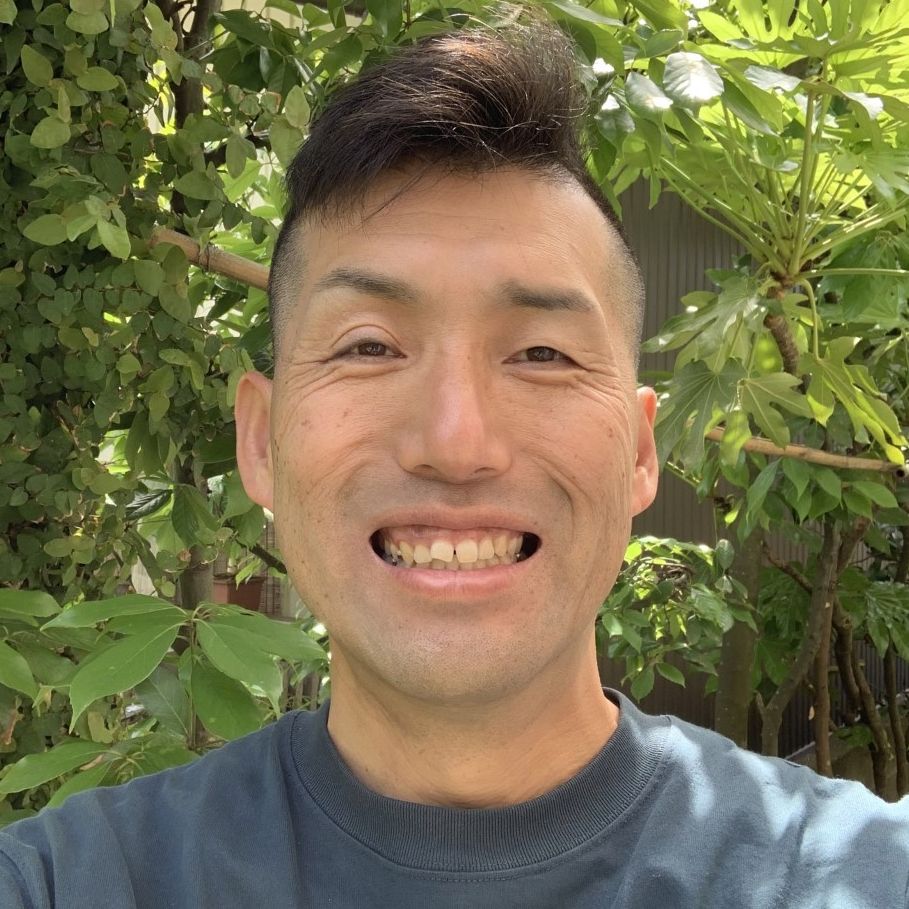
#5 ビール”でも”飲みませんか。 みんなの日本語21課
حلقات رائجة

Rachel's Weekly Chinese Podcast
Weekly Structured Common Chinese Expressions

N3合格
N3 語彙 第3週3日目

New English US
My Favorite Stuff

Spanish México
LA CULTURA MEXICANA.

Writing Russian
Отрывок из романа Булгакова “Мастер и Маргарита” (диктант)

New English US
Vertical Farming (Advanced English)

Lera teaches Russian
#2. Почему кошки такие странные? Why are cats so weird?

ようへい先生 N4~N3 レベルの生徒(せいと)へ (^^♪
#5 ビール”でも”飲みませんか。 みんなの日本語21課